The sun filters through prehistoric rainforest canopies, illuminating paths that the travelers walk with care, their footsteps echoing with the rhythm of nature. The year 2034 saw ecotourism emerge in the world of travel, where the main theme was sustainability as more important than the luxury of the trip. Now the destinations that were once flooded with people are reborn and they treat the human curiosity with environmental concerns and redefine the way we visit those places.
Factors such as villages in the high mountains make sure that their visitors get to know that they are welcome through the open hearths and the zero-waste ethos. Those who choose to stay in solar-powered lodges can truly experience the eco-friendly approach that the hotels are practicing whilst enjoying the freshly brewed coffee from the regenerative farms. In the past, these communities were affected by mass tourism, but now there is an upsurge in their economies because the guests are more interested in cultural authenticity and ecological harmony rather than wasteful selfies.
Electric airships, deriving momentum from the wind, slide silently over the newly restored coral reefs with their vibrant hues gleaming through the decades of conservation. Snorkelers are treated to protected waters while the marine biologists harmoniously share their stories of revival. Along the way, the use of renewable energy looks like being a good choice since the very process of the journey/ride would not damage the delicate balance of the surrounding ecosystem and thus promote intergenerational equity.
Eco-tourism visionaries bring life back to deserts through regenerative efforts. The guests who come to the desert regions become the saviors of the dunes when they plant native species and thus create green oases with their hands. Solar-powered camps provide shelter, blending in perfectly with the environment. The projects give the local people new power which leads to new jobs and are also the evidence in fighting against climate change through sustainable practices that could inspire the whole world in the making of cross-world change.
The topic of green travel is warmly welcomed by the city as the eco-friendly side of it is itself rethought as having eco-havens. The previous spreading cities are replaced now with the concept of rooftop gardens and vertical forests appealing to the tourists and even inviting them to cycle through these areas that are completely free of the traffic. By a geothermal power, these hostels turn out to be an extremely affordable place of stay and it also proves through it that sustainability is a factor that can actually thrive in the crowding metropolises thus reshaping the overall environmental effect of urban tourism.
Travelers of 2034 are now less about escaping and more about meaning, so they start out by choosing trips that are in line with the planet’s ecological health. Platforms enable them to be in contact with the locals who organize the tours and who, through their knowledge, are in the best position to propagate eco-friendly practices. Such encounters are not only motivational experiences, but also a way of getting future travelers to sign the eco-preservation convention, thus, making ecotourism a point of no collective return.
Glaciers that were recently retreating are now stabilizing due to the strict eco-tourism rules. Small groups of trekkers, who are the means of processing the carbon-neutral concept, cover long distances on ice. Hence, the guides are not only sharing the difficulties of the glaciers but also the role each of us plays in ensuring their survival. The visitor is thus left with the impression that the natural wonders are being helped, and he or she is actually managing the situation in case of necessity.
The overfishing and pollution in coastal regions have been reduced and these areas are beneficial to marine life due to eco-tourism. Such ecolodges are not only a perfect opportunity for the oceans view but also are the result of the minimal environmental impact as they are made from the remains of other buildings. The ecolodges where the visitors are staying are surrounded by sea, and people can take a kayak ride to see mangroves and the many different species found there, and in doing so they are educated on the variety of species, and finally paying for the projects of compensation for the restoration of the shorelines in the face of rising seas.
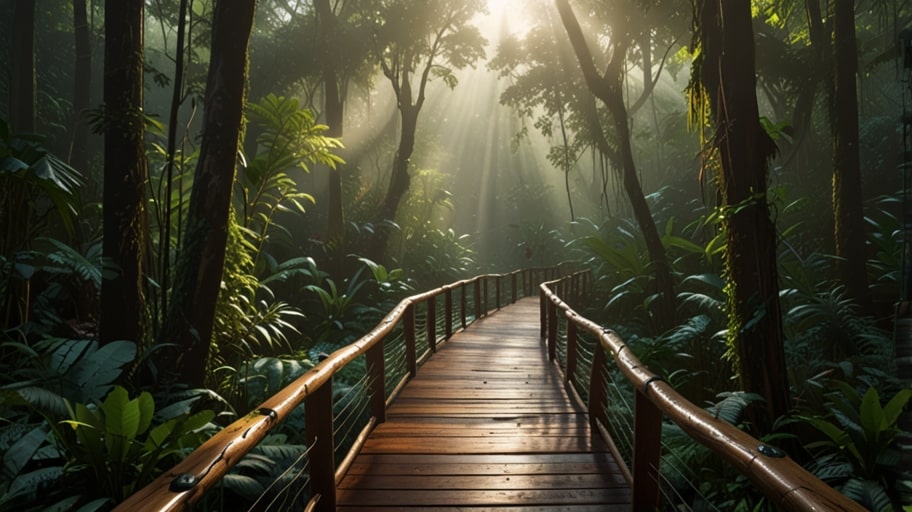
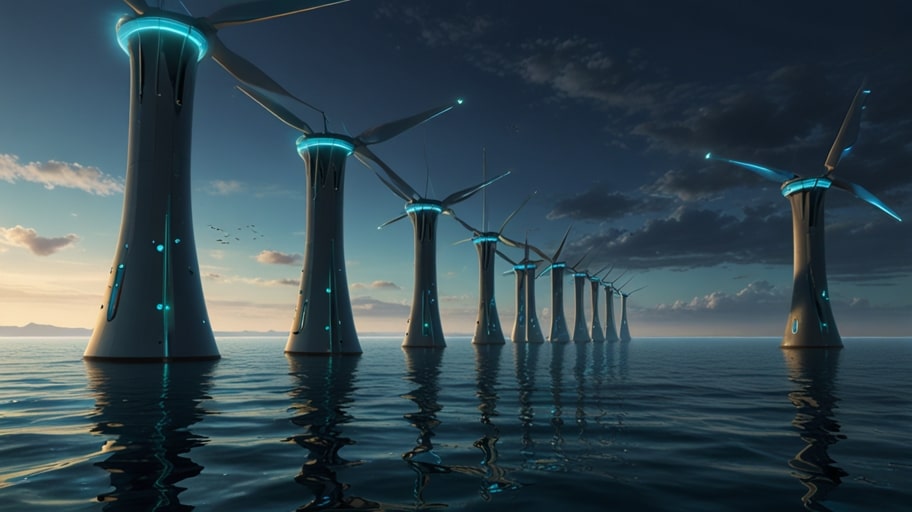
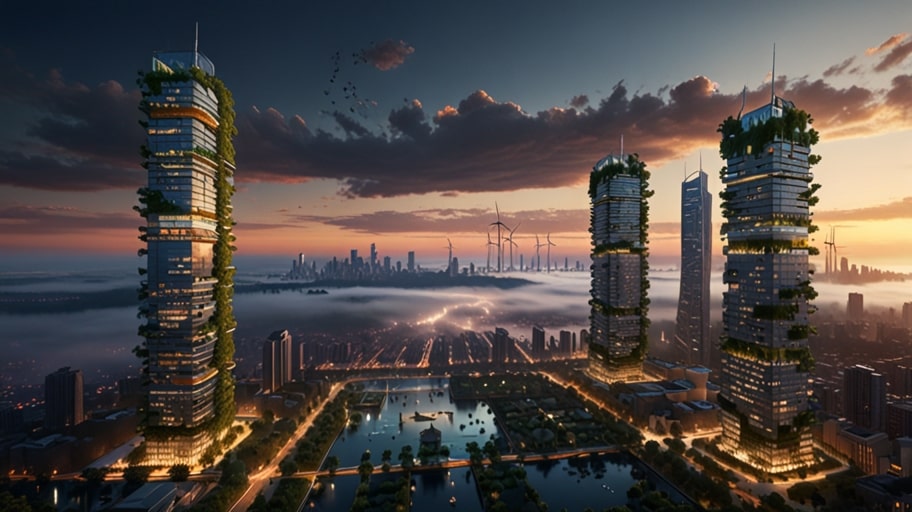



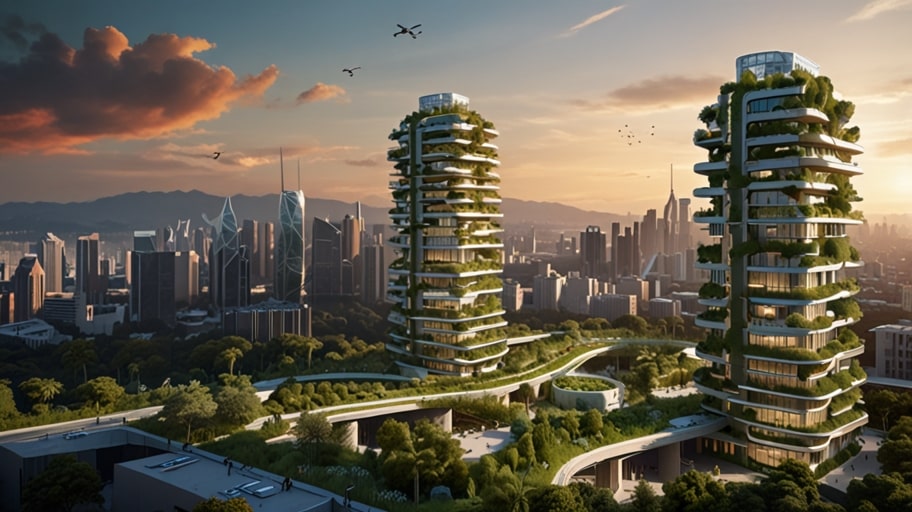

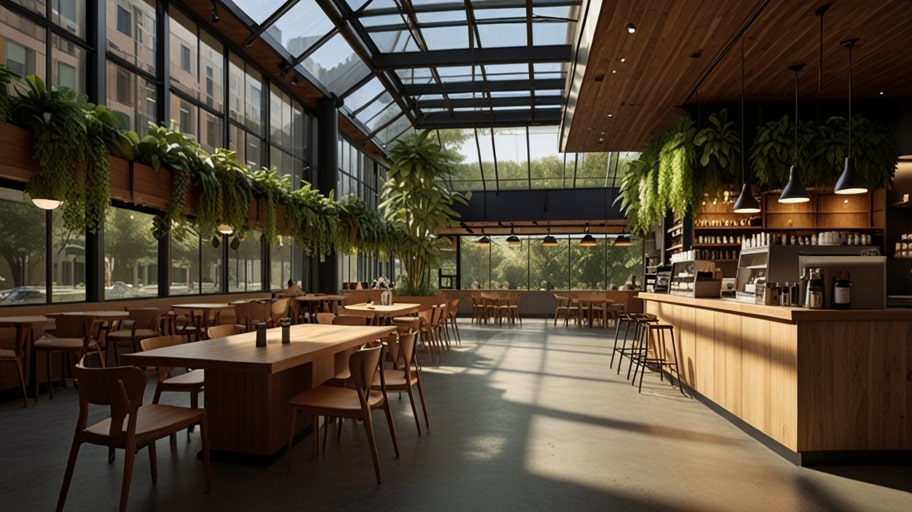


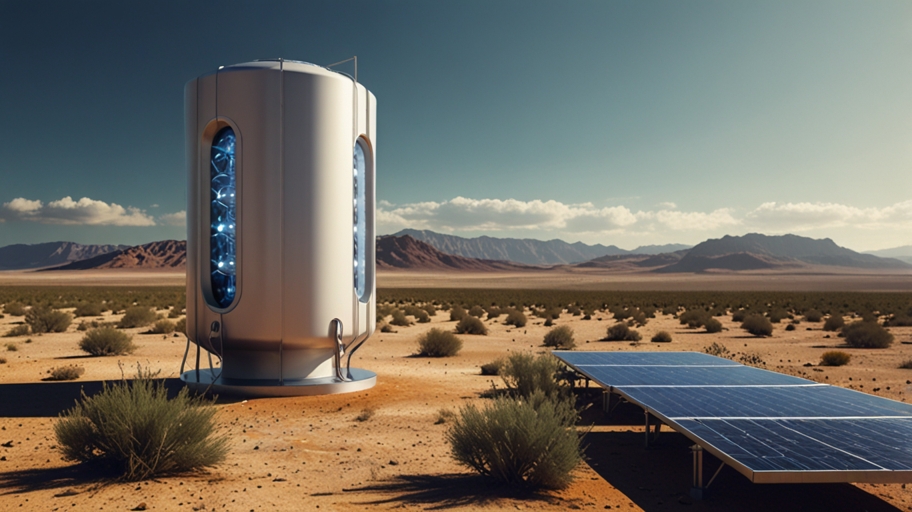

Leave a Reply